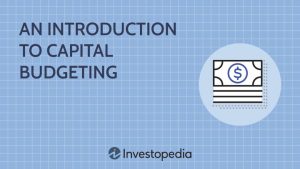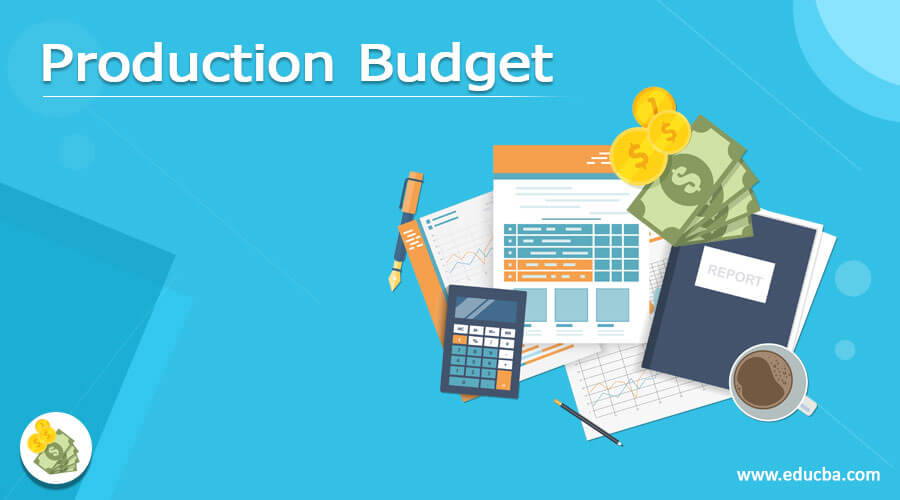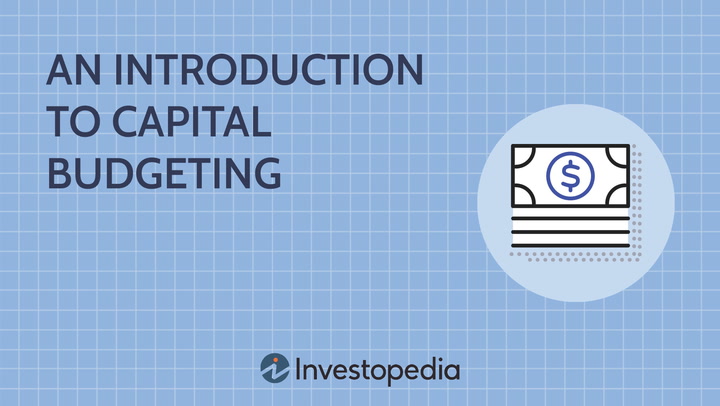A production budget is a financial plan that outlines the estimated costs associated with producing a product or service. It is a crucial tool for businesses to manage resources, control expenses, and ensure profitability.
Key Components of a Production Budget
- Direct Materials: The cost of raw materials and components used in the production process.
- Direct Labor: The cost of labor directly involved in manufacturing or producing the product or service.
- Manufacturing Overhead: Indirect costs associated with the production process, such as rent, utilities, and depreciation.
- Selling and Administrative Expenses: Costs related to selling and managing the business, including marketing, sales commissions, and general administrative expenses.
Benefits of Creating a Production Budget
- Cost Control: Helps identify and manage production costs to improve profitability.
- Resource Allocation: Ensures that resources are allocated effectively to support production.
- Decision Making: Provides valuable information for making informed business decisions.
- Performance Evaluation: Allows for comparison of actual production costs against budgeted amounts.
Steps to Create a Production Budget
- Define the Project: Clearly outline the scope, objectives, and deliverables of the production project.
- Estimate Direct Costs: Determine the cost of direct materials and direct labor required for the project.
- Calculate Overhead Costs: Estimate the overhead costs that will be incurred during the production process.
- Allocate Resources: Determine how resources will be allocated to different phases of the project.
- Set Financial Goals: Establish clear financial objectives for the project, such as profit margins or return on investment.
- Monitor and Adjust: Regularly review the production budget and make adjustments as needed to ensure that the project stays on track.
Types of Production Budgets
- Incremental Budgeting: Based on the previous year’s budget with adjustments for inflation and growth.
- Zero-Based Budgeting: Requires each project to justify every expenditure from scratch.
- Activity-Based Budgeting: Allocates costs based on the specific activities involved in the production process.
By creating and managing a production budget, businesses can improve their cost control, decision-making, and overall profitability.
Would you like to know more about specific budgeting techniques or have questions about creating a production budget for your business?










+ There are no comments
Add yours